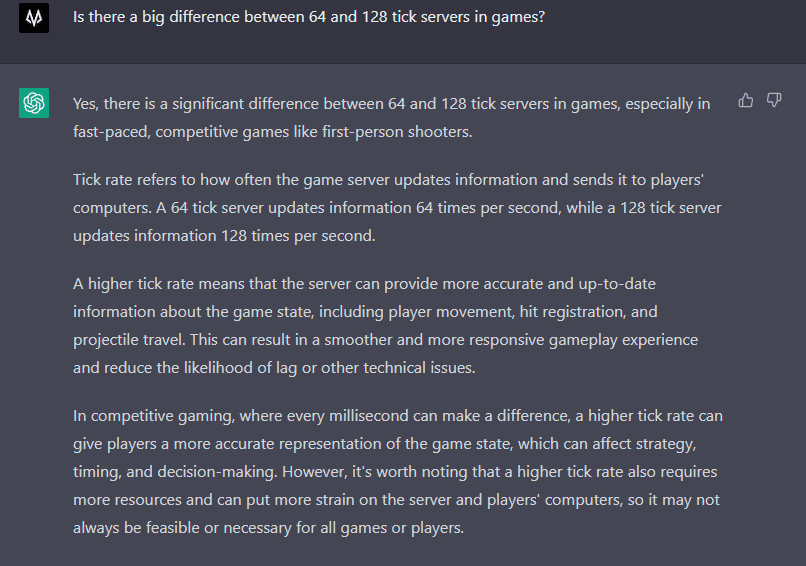Game engines are software tools designed to simplify the process of game development by providing game developers with a set of tools and functionalities that they can utilize to create, design, and develop video games. They are classified into open-source and licensed types, with open-source game engines typically free to use and popular with indie game developers. Game engines are designed to optimize the game code, manage memory allocation, and control the rendering process, abstracting low-level programming detail for game developers to focus on creating game content. Popular examples include Unity, Unreal Engine, CryEngine, and Godot. Understanding game engines is critical for game design and development.
Introduction:
Games have come a long way since the early days of simple 8-bit graphics and 2D gameplay. Nowadays, games are multi-dimensional, immersive experiences that transport players into new worlds and realms of imagination. Game engines are one of the key components behind the creation of these experiences. In this article, we’ll be breaking down the technicalities of game engines and exploring what makes them tick.
What is a game engine?
At its core, a game engine is a piece of software designed to simplify the process of game development. It provides game developers with a set of tools and functionalities that they can use to create, design, and develop video games.
Types of Game Engines:
Game engines can be classified into two main categories: open-source and licensed. Open-source game engines are typically free to use and are popular with indie game developers. On the other hand, licensed game engines require a fee to use, but they often come with more advanced features and support.
How do game engines work?
Game engines are designed to abstract away much of the low-level programming detail, enabling game developers to focus on creating the game’s content. The engine optimizes the game’s code, manages memory allocation, and controls the rendering process.
Key Components:
There are typically several main components of a game engine that make it work. These include:
1. Game Logic – This handles the rules and mechanics of the game, including input handling, physics, AI, etc.
2. Rendering – This creates the graphics on the screen in real-time, including lighting, textures, and effects.
3. Audio – This handles the sounds and music in the game.
4. Physics – This simulates realistic physical interactions between objects in the game, like gravity and collisions.
5. Networking – This enables multiplayer functionality and syncs game data across multiple devices.
6. User Interface – This handles the menus, options, and other elements of the game that the player interacts with.
Examples of Game Engines:
There are a variety of game engines available, each with its own strengths and weaknesses. Some of the most popular ones include:
1. Unity – A versatile engine that’s great for both 2D and 3D games.
2. Unreal Engine – Known for its powerful graphics and physics capabilities.
3. CryEngine – Great for creating visually stunning games with high-end graphics.
4. Godot – Another open-source engine that emphasizes ease-of-use and flexibility.
Conclusion:
Game engines are a core component of modern game development. They help to streamline the development process, enabling developers to create imaginative and immersive gaming experiences. Understanding how game engines work and what makes them tick is critical for anyone interested in game design and development. Hopefully, this article has provided you with a better understanding of the magic behind these complex software systems.
